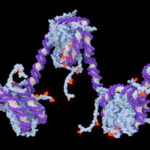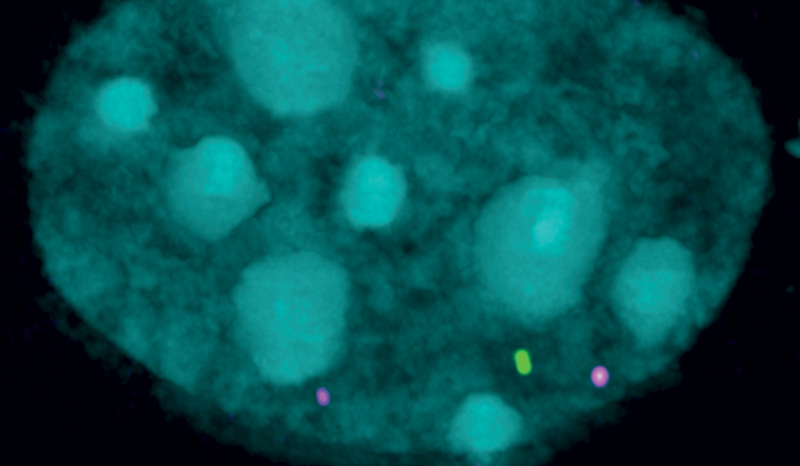FSHD is a disease characterised by death of muscle cells and tissue leading to progressive muscle weakness. The name FSHD refers to the muscles typically affected:
- face (facio)
- shoulders (scapula)
- upper arm (humeral)
The condition can appear at any time from infancy until a person is in their 50s, but is most commonly diagnosed in teenagers and young adults.
The condition usually progresses slowly, often with long periods of stability. Eventually, however, the loss of muscle strength can be extremely debilitating, resulting in difficulty walking, talking, smiling and eating.
Although most people with FSHD have a normal life expectancy, they can experience chronic pain, fatigue, loss of independence and social isolation due to their condition.





